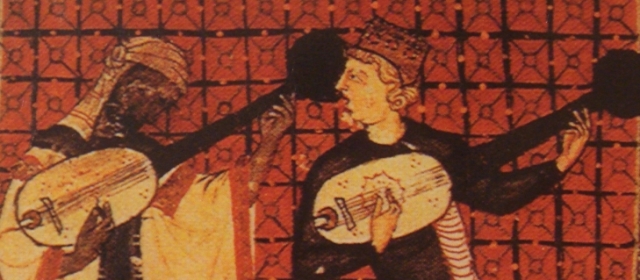Sephardic music has its roots in the musical traditions of the Jewish communities in medieval Spain. Since then, it has picked up influences from Morocco, Argentina, Turkey, Greece, and the other places that Spanish Jews settled after their expulsion from Spain in 1492. Lyrics were preserved by communities formed by the Jews expelled from the Iberian Peninsula.
These Sephardic communities share many of the same lyrics and poems, but the music itself varies considerably. Because so many centuries have passed since the exodus, a lot of the original music has been lost. Instead, Sephardic music has adopted the melodies and rhythms of the various countries where the Sephardim settled in.
The Greek and Turkish traditions are fairly close. The Moroccan or “western” Sephardic traditions are not that close to the eastern/Greek/Turkish traditions. These song traditions spread from Spain to Morocco (the Western Tradition) and several parts of the Ottoman Empire (the Eastern Tradition) including Greece, Jerusalem, the Balkans and Egypt.
Sephardic music adapted to each of these locales, assimilating North African high-pitched, extended ululations; Balkan rhythms, for instance in 9/8 time; and the Turkish maqam mode. The song traditions were studied and transcribed in the early twentienth century by a number of musical ethnologists and scholars of medieval Hispanic literature. From around 1957 until quite recently, Samuel Armistead (UC Davis) with colleagues Joseph Silverman and Israel Katz collected the Judeo-Spanish song tradition from informants in North America, Turkey, the Balkans, Greece, North Africa, and Israel.


























